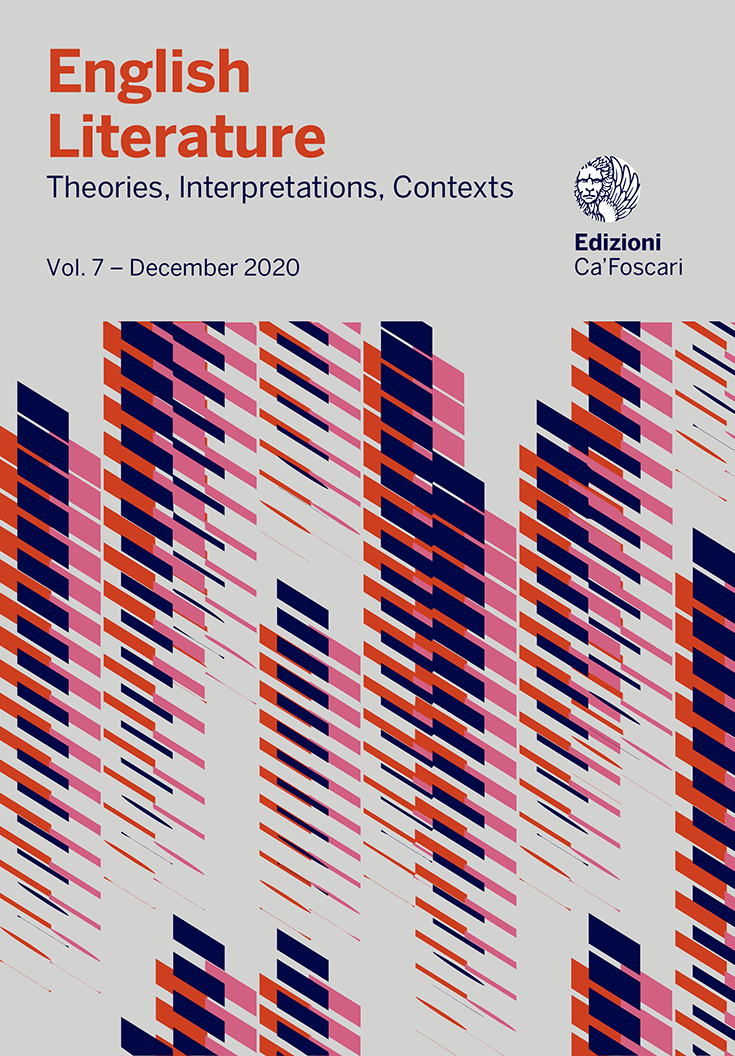- search 1146 views
- file_download 394 download
The Representation of the Wonderful and the Preternatural between the Gothic Novel and Fin-de-Siècle Literature
edited by
Language: en
Published: Dec. 21, 2020
-
Keywords keyboard_arrow_down
Spiritualism • Foley effects • Narrative Annexe • Edmund Burke • Narrative • The Sublime • Supernatural • Gothic Novel • Elizabethan England • Olalla • Street literature • Transatlantic literature • Gothic • Gothic novel • Mimetic Dimension • Religious and political propaganda • Virginia Woolf • Romance • Horace Walpole • Ghost Story • Wells • Victorian Era • Late-Victorian Context • Monstrous births • George Eliot • Realism • Monsters • Stevenson • Fin de siècle • Ruyard Kipling • Mysticism • Fantastic • Escapism • Psycho-acoustic ambience • Harriet Beecher Stowe • Geopoetics • Supernatural Horror • Islands • Deformed pigs • Doyle • Hybridity • Robert Louis Stevenson • Form • Aesthetic Culture • Henry James • Vampire • Marvellous • Aesthetics • Empiricism • Joseph Conrad • Uncanny • The Mysteries of Udolpho • The ‘Aesthetic Fantastic’ • Space • The Castle of Otranto • Ann Radcliffe • Genre • Border-crossing
Table of contents
Introduction
- search 429 view
- file_download 162 download
Section 1. The Representation of the Wonderful and the Preternatural between the Gothic Novel and Fin-de-Siècle Literature
- search 608 view
- file_download 232 download
- search 848 view
- file_download 275 download
- search 512 view
- file_download 190 download
- search 307 view
- file_download 59 download
- search 319 view
- file_download 58 download
- search 361 view
- file_download 92 download
Section 2. Miscellany
- search 314 view
- file_download 63 download
- search 316 view
- file_download 58 download

